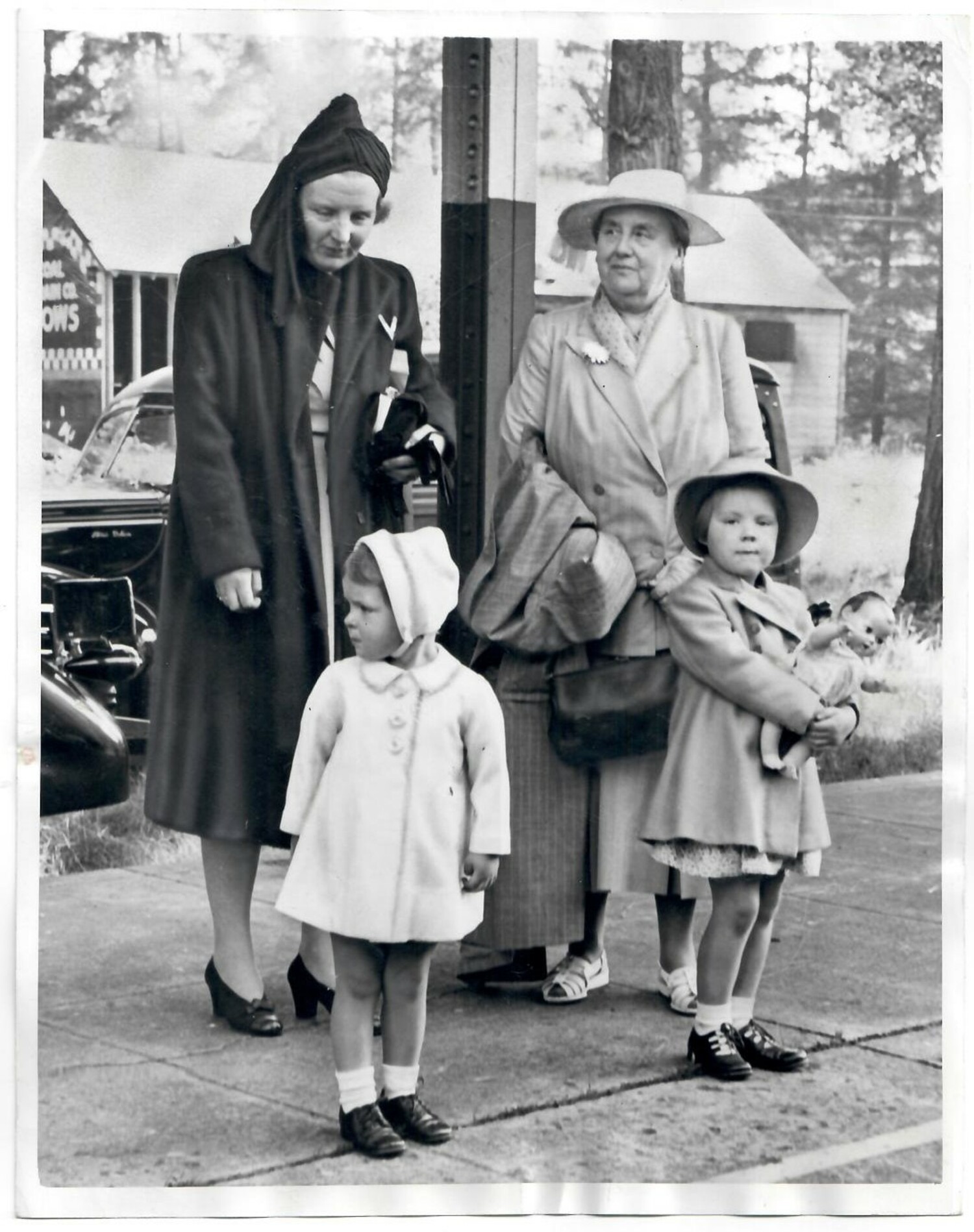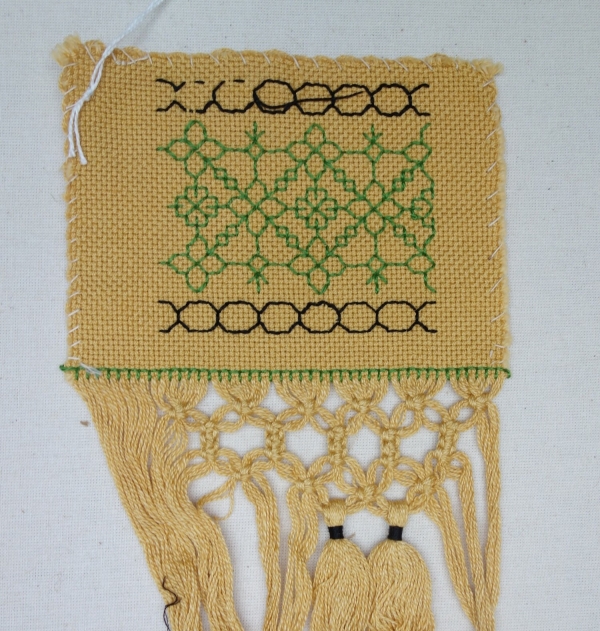In 1942 Queen Wilhelmina chose the daisy flower (the margriet, in Dutch) as a symbol for all those who had fallen in the resistance against Nazi Germany. She herself wore a daisy brooch. When Princess Juliana and Prince Bernhard had a daughter in Canada in January 1943, they named her Margriet.
The Dutch merchant navy acted as godfather for the new born princess and from that moment on, sailing merchant navy employees wore cufflinks and badges with a daisy combined with an anchor (compare TRC 2020.3473).
In addition, the 'Foundation for War Victims from among the Dutch Merchant Fleet and their Surviving Relatives' was renamed the Prinses Margriet Fonds. Prince Bernhard designed a silver daisy pin for this fund, and the proceeds of the sale of these pins went to the Fund. The pins were available in non-occupied countries and were worn by almost every Dutchman or woman as a symbol of their patriotism. Only few of the official daisy pins found their way to the Netherlands, but many Dutch people produced their own daisy jewellery, which they wore as a sign of silent defiance.
 Photograph of Queen Wilhelmina, Princess Juliana, Princess Beatrix and Princess Irene in Stockbridge, Mass, USA. The Queen is wearing a margriet (daisy) brooch, while Princess Juliana has a V-brooch, 24 June 1942 (TRC 2020.3190). For more information, click on the illustration.Prinses Irene Brigade
Photograph of Queen Wilhelmina, Princess Juliana, Princess Beatrix and Princess Irene in Stockbridge, Mass, USA. The Queen is wearing a margriet (daisy) brooch, while Princess Juliana has a V-brooch, 24 June 1942 (TRC 2020.3190). For more information, click on the illustration.Prinses Irene Brigade
In May 1940 some 1,200 Dutch soldiers arrived in Great Britain from the occupied Netherlands. They, and many others who followed, became known informally as the "Dutch Legion". In August 1941 they were included in the new Prinses Irene Brigade (P.I.B.), named after one of the daughters of crown princess, Juliana. During the war, the P.I.B included soldiers from many countries, but the core remained Dutch.
In August 1944 they landed in northern France, and they were among the first military units to move into the south of the Netherlands in September 1944. On 8 May 1945, to mark the official surrender of the German forces, many of them drove from Arnhem via Alphen aan den Rijn and Leiden to The Hague.
Dutch East Indies
The Dutch East Indies, now known as Indonesia, constituted a colony of the Netherlands since the 17th century. After the occupation of the Netherlands by Nazi Germany, the Dutch were no longer capable of defending their colony against Japan, which was an ally of Germany and was striving to establish a greater Asian empire. In March 1942, Japanese troops occupied the Dutch East Indies.
Dutch families were split up: the men (often Dutch government officials or members of the armed forces) were sent to prisoner of war camps where they were driven into forced labour (including Burma), while the women and children were placed in internment camps, commonly known as Jappenkampen.


